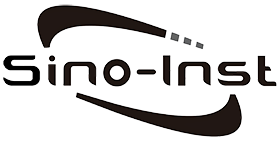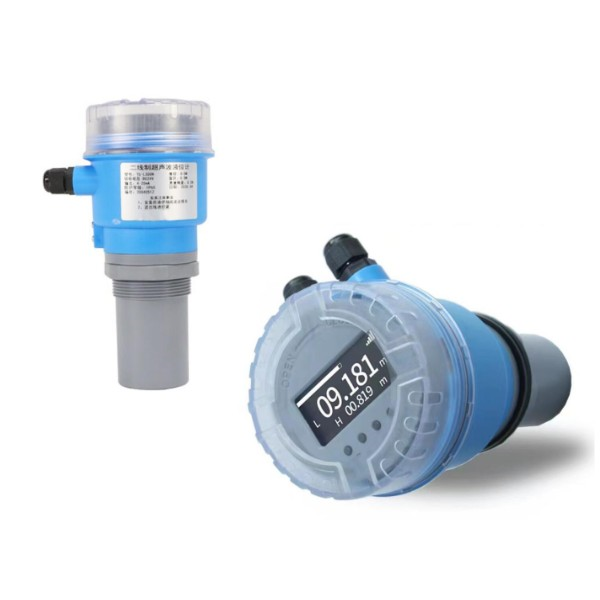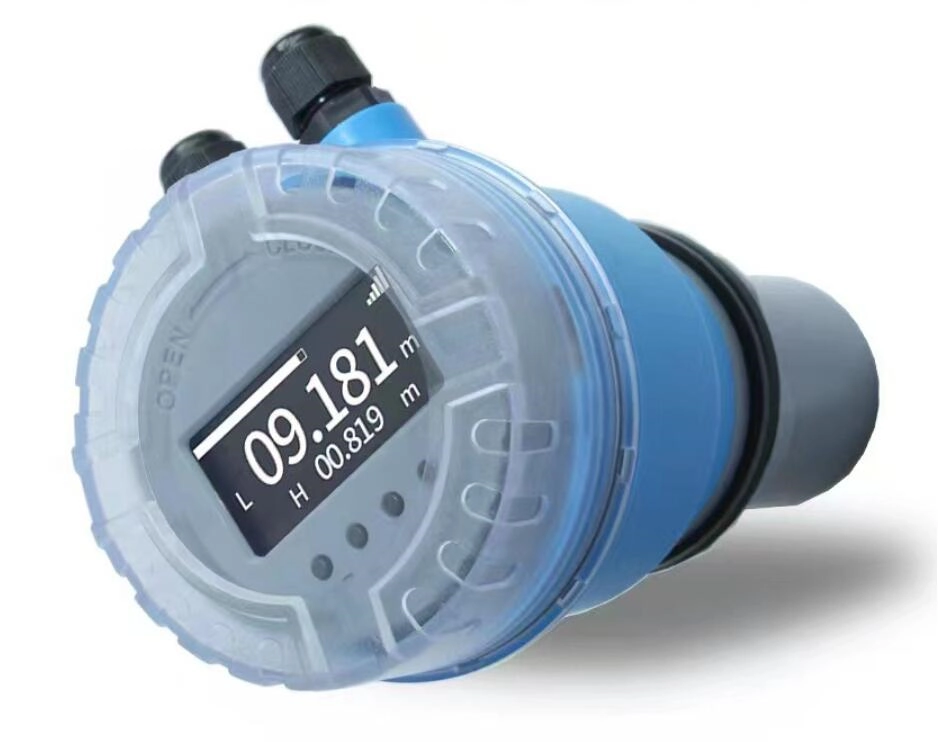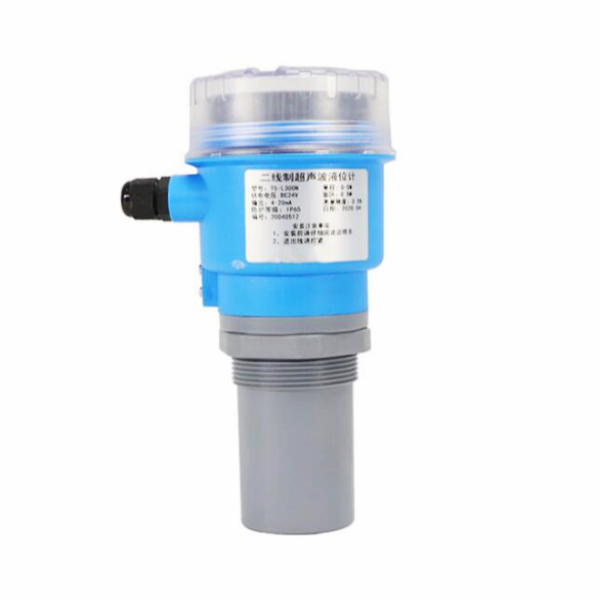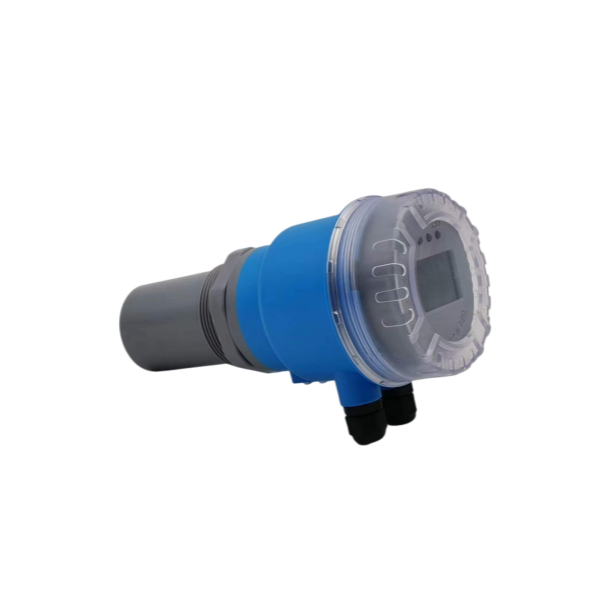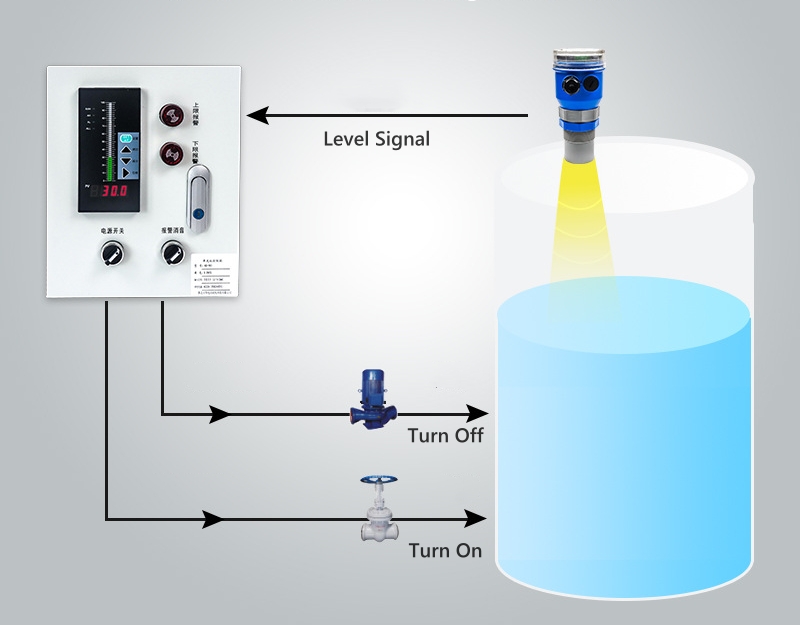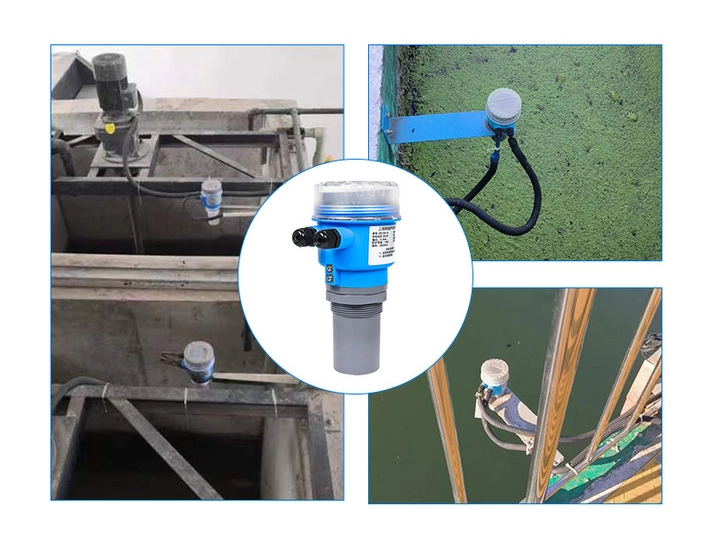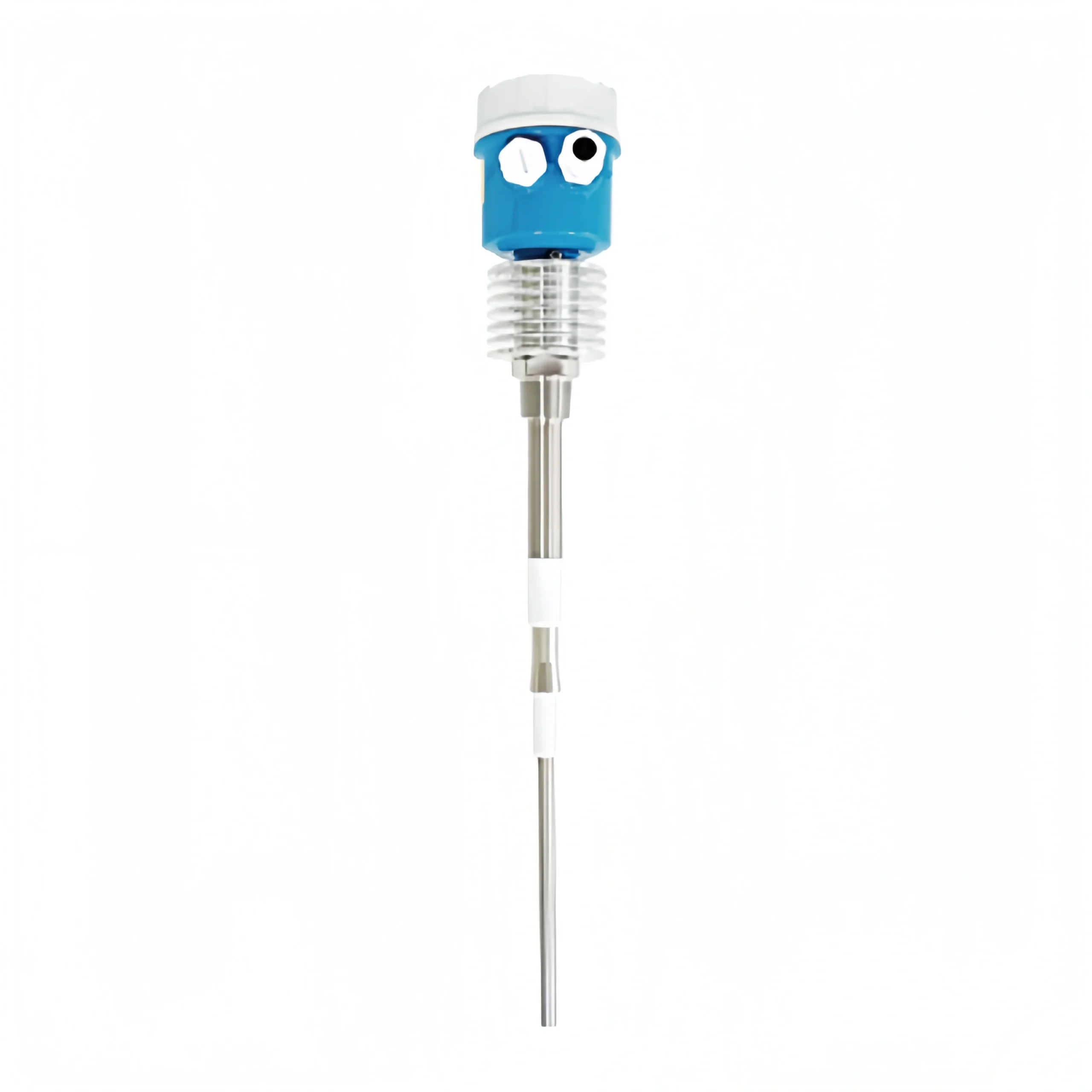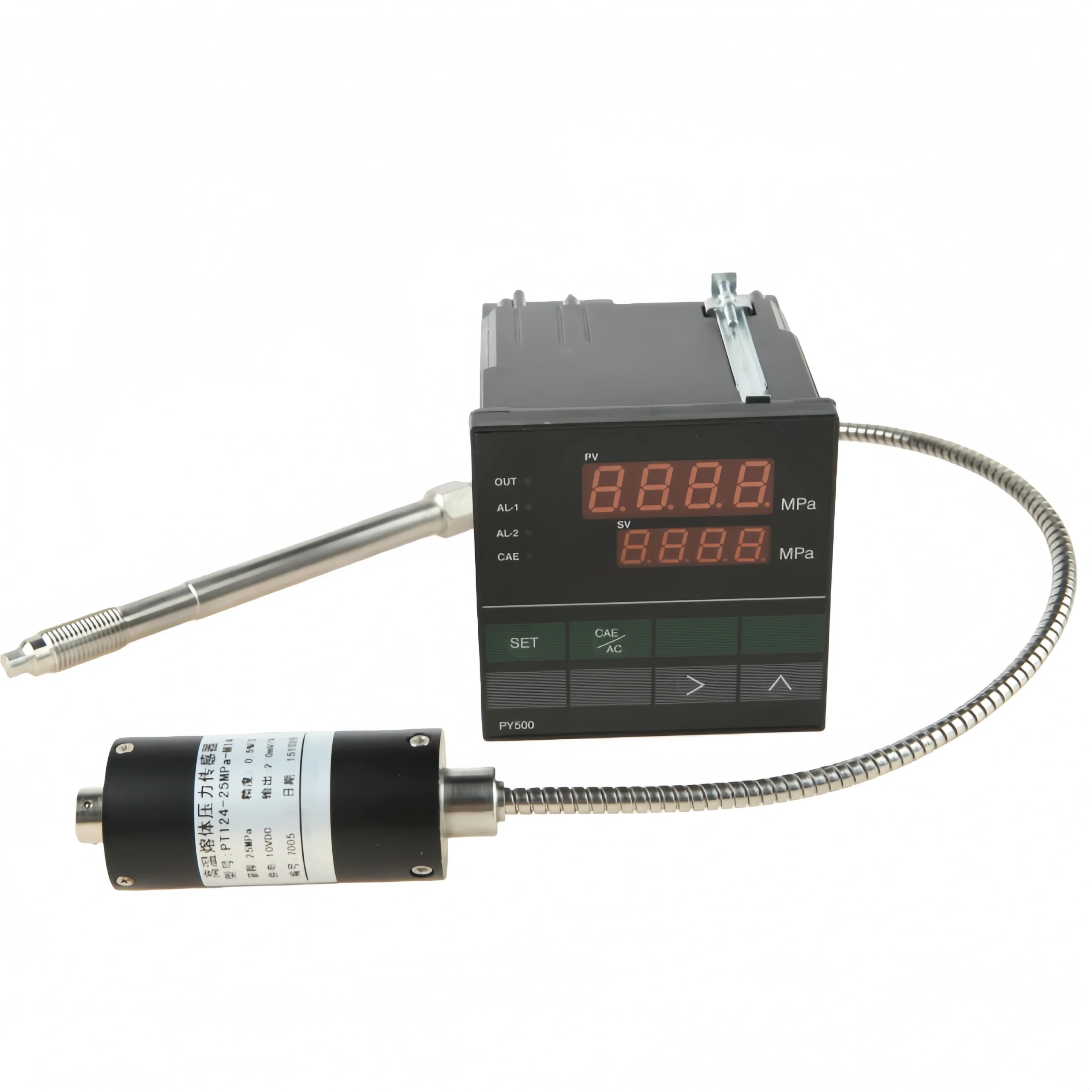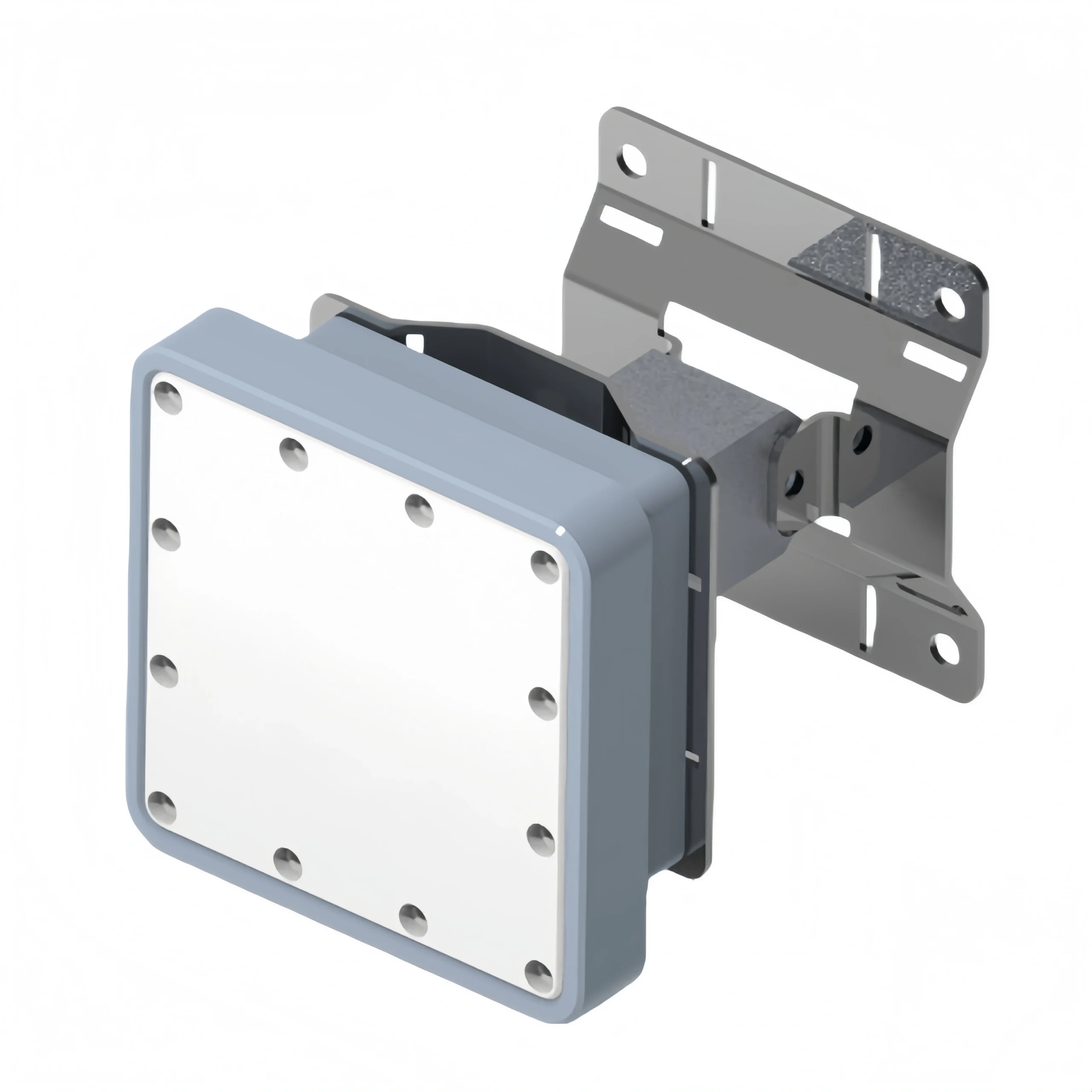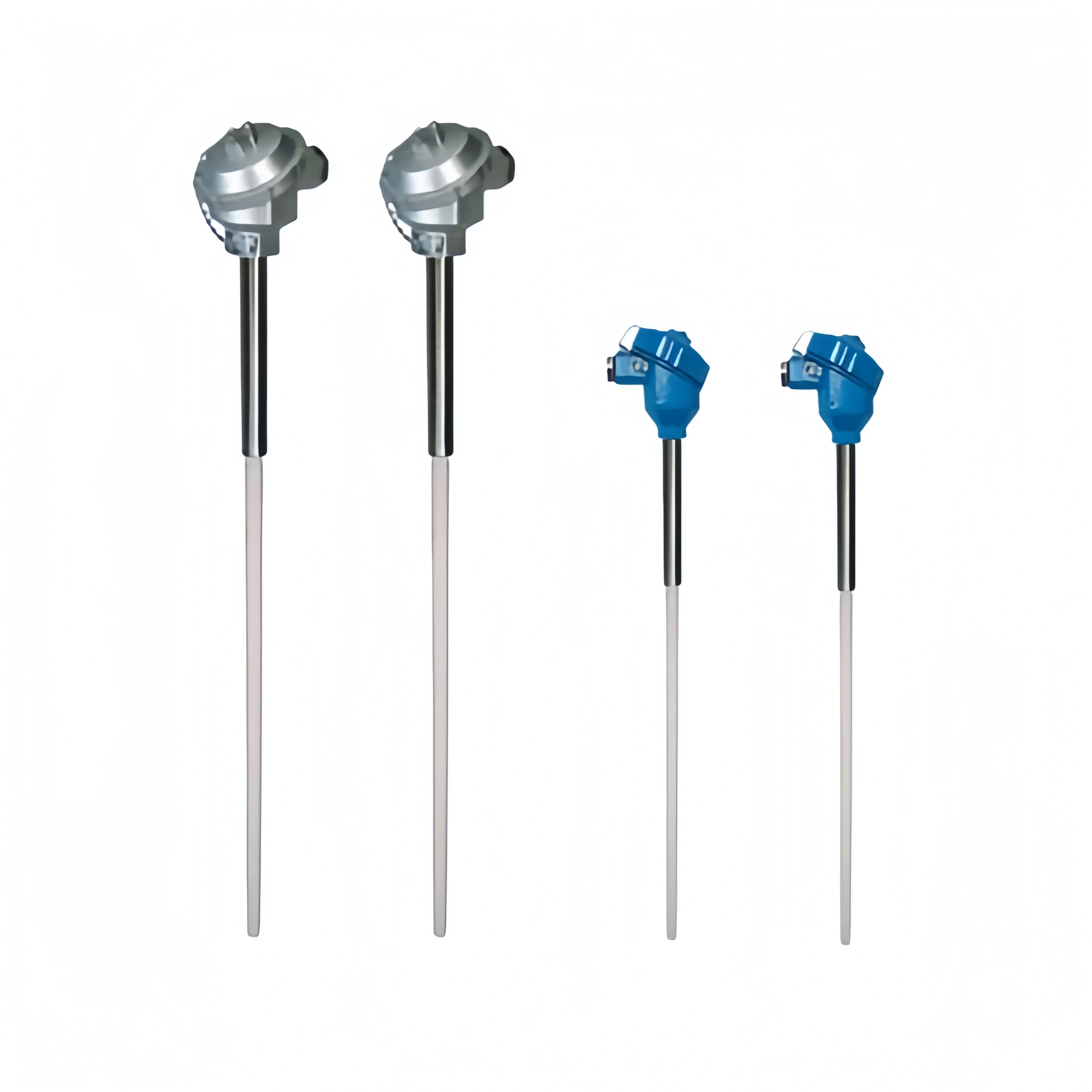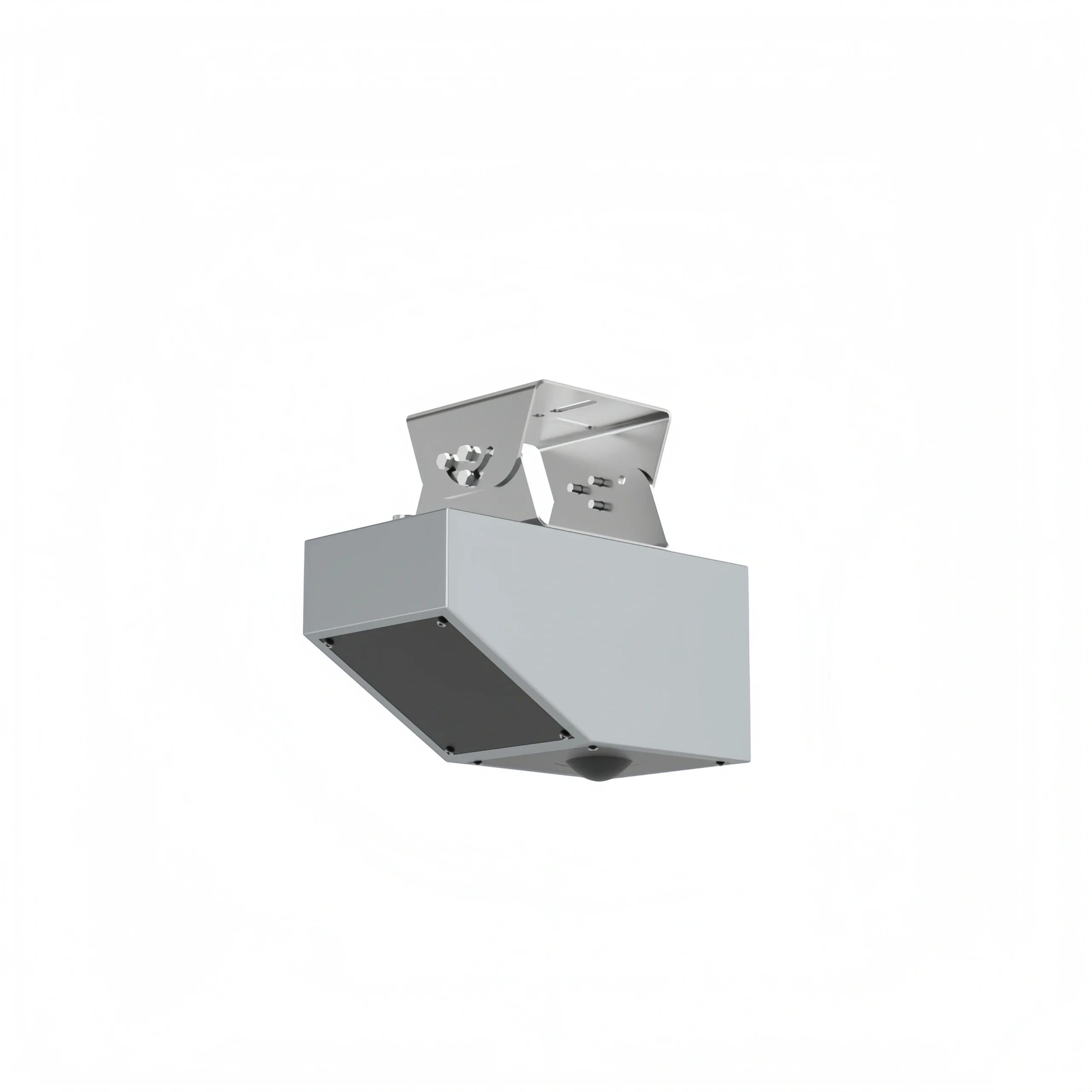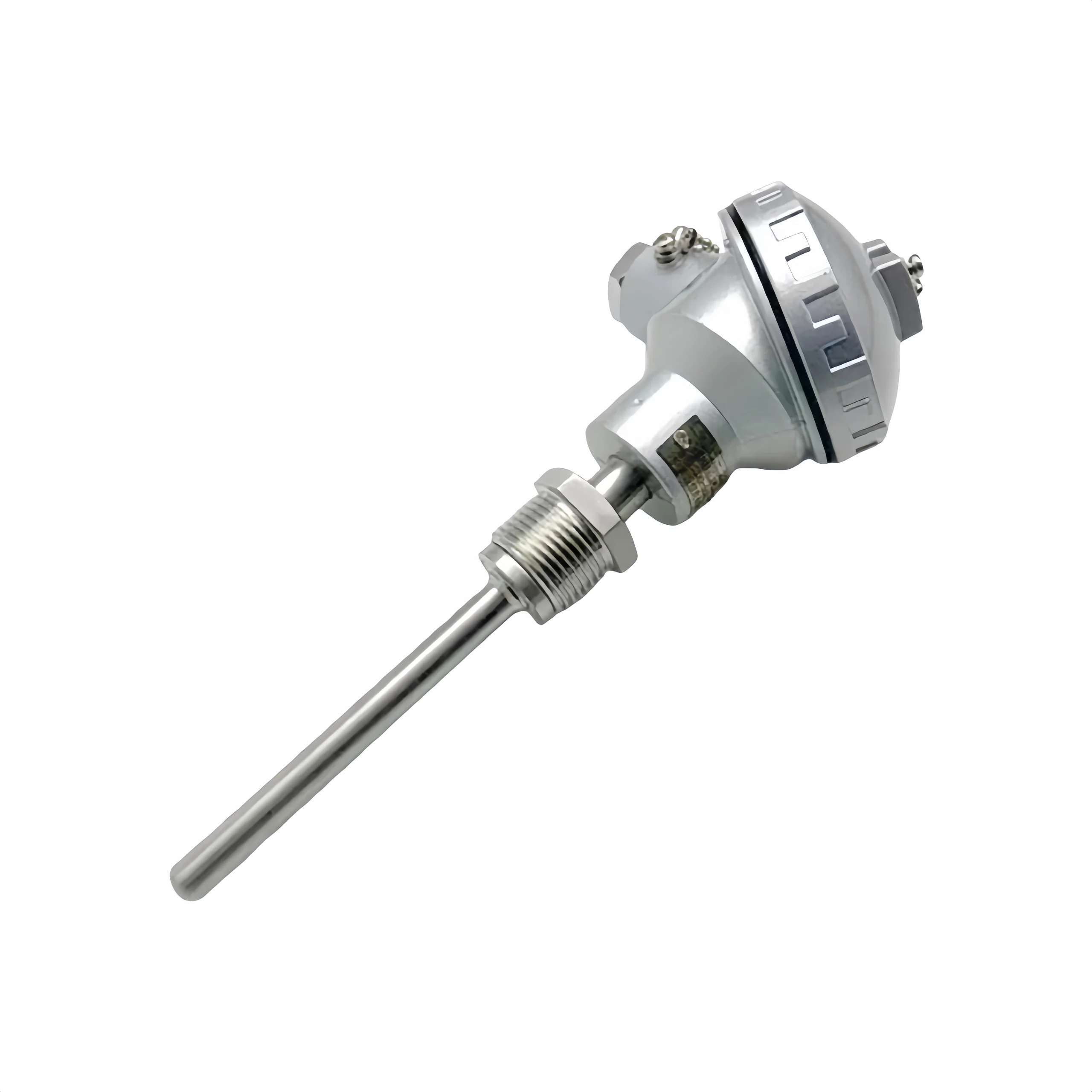Ultrasonic Level Sensor Working Principle
The working principle of Ultrasonic Level Sensor is that the high-frequency ultrasonic pulse emitted by the transducer (probe) encounters the measured medium. The surface is reflected back, and part of the reflected echo is received by the same transducer and converted into an electrical signal.
Ultrasonic pulses propagate at the speed of sound waves. The time interval required from the emission to the reception of the ultrasonic pulse is proportional to the distance from the transducer to the surface of the measured medium.
The relationship between this distance value S and the sound speed C and the transmission time T can be expressed by the formula: S=C×T/2
Ultrasonic Level Sensor vs Radar
Ultrasonic waves use sound waves, and radar uses electromagnetic waves, which is the biggest difference.
Main differences:
- The measurement range of radar is much larger than that of ultrasonic waves.
- Radar has horn type, rod type, and cable type. Compared with ultrasonic waves, it can be applied to more complex conditions.
- Ultrasonic waves are not as accurate as radar.
- The price of radar is relatively high.
- When using radar, please consider the dielectric constant of the medium.
- Ultrasonic waves cannot be used in vacuum, high steam content, or foam on the surface of the liquid.
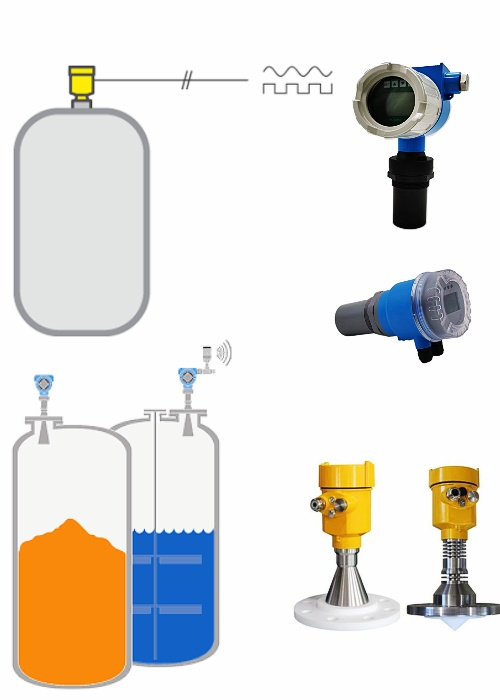
FAQS
What should we do if the ultrasonic level meter we use is interfered by the frequency converter?
When the ultrasonic level meter receives electromagnetic interference, two aspects need to be handled:
- Ground the ultrasonic level meter independently.
- Install a signal isolator between the ultrasonic level meter and the peripheral equipment (PLC/frequency converter, etc.).
If the electromagnetic interference cannot be eliminated after the above two steps, it is necessary to replace other instruments with better performance.
Why does the ultrasonic level meter have a blind spot?
The core part of the ultrasonic level meter transducer is the piezoelectric crystal. The piezoelectric crystal produces mechanical expansion and contraction under the action of the excitation current, thereby generating ultrasonic pulses.
When the excitation current stops working, the mechanical vibration of the piezoelectric crystal will not stop immediately. Instead, it will gradually decay. During this period, the transducer cannot receive the echo signal.
The above residual vibration time is converted into a distance, which is the blind area of the transducer.
Therefore, when installing the ultrasonic level meter, it is necessary to ensure that the measured medium does not enter the blind area of the transducer. Otherwise, it cannot be measured normally.
The blind area of the ultrasonic level meter is different depending on the range. The smaller the range, the smaller the blind area, and the larger the range, the larger the blind area.
For example, the blind area of the sludge interface meter is relatively large, because the ultrasonic wave emitted by the probe propagates in the water. The speed of ultrasonic wave propagation in water is much greater than that in air. Under the condition of a certain time, the corresponding distance must be relatively large.
The 4-20mA signal of the ultrasonic level meter fluctuates greatly after being transmitted to the PLC?
From the scene, the ultrasonic level meter display value does not jump and is consistent with the actual liquid level. After the 4-20mA signal is transmitted to the PLC, the measured value jumps about 1m. How to deal with it?
In this case, the following problems may occur:
- Foam and other coverings appear in the ultrasonic level meter measurement area or sensor;
- The ultrasonic level meter fails;
- The output signal of the level meter is interfered;
- The wiring on the terminal of the level meter or PLC is loose;
Fault handling suggestions:
1. When handling this fault, first check whether the wiring of the terminal at both ends of the signal line (ultrasonic level meter and PLC) is loose? Is there a poor contact between the terminals? Is the cable damaged? Is the shielded cable grounded well? Do not make the following inspections and judgments until you have confirmed that there is no problem.
2. Solution to problem 1: Clear the obstructions on site and re-perform intelligent echo analysis on the instrument.
3. Solution to problems 2 and 3:
① Disconnect the PLC wiring, use a digital display to receive the level meter signal (connect the multimeter in series to the level meter 4-20mA signal loop), and observe whether the signal fluctuates. If there is output signal fluctuation, the level meter output signal may be interfered or the level meter may be faulty;
② Add a signal isolator to the signal loop to suppress interference. If the fault still exists after adding the signal isolator, return the instrument to the factory for inspection.
